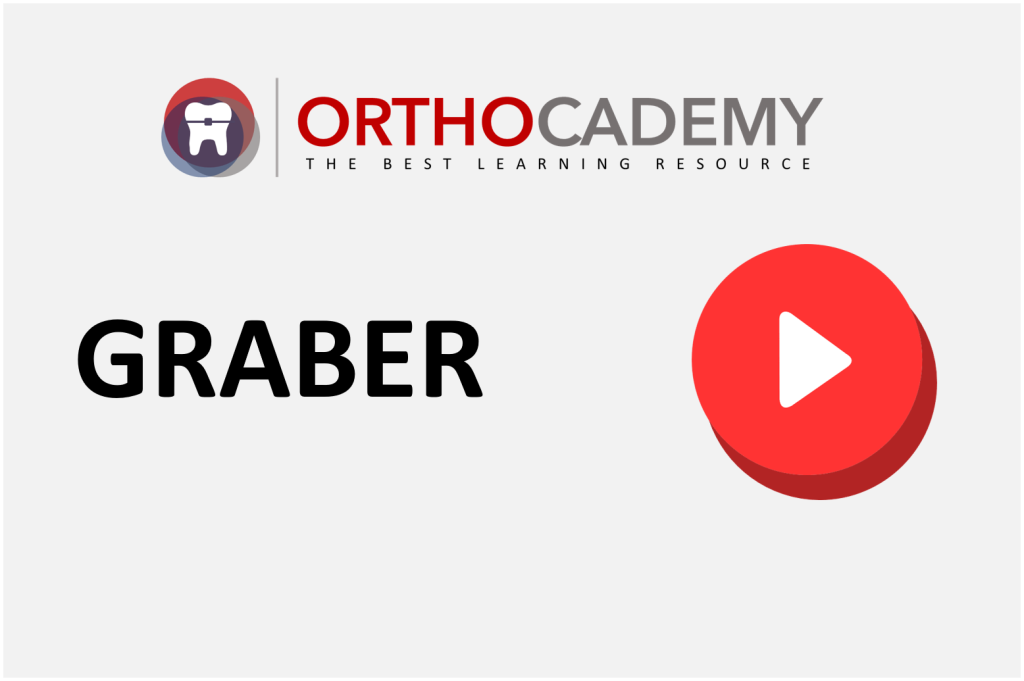
Graber – Lecture 2
Graber – Lecture 11
Nanda Esthetics & Biomechanics – Lecture 1
Nanda Esthetics & Biomechanics – Lecture 2
Nanda Esthetics & Biomechanics – Lecture 3
Nanda Current Therapy – Lecture 1
Nanda Current Therapy – Lecture 2
Okeson – Lecture 1A | Orthocademy
Okeson – Lecture 1B | Orthocademy
Okeson – Lecture 2 | Orthocademy